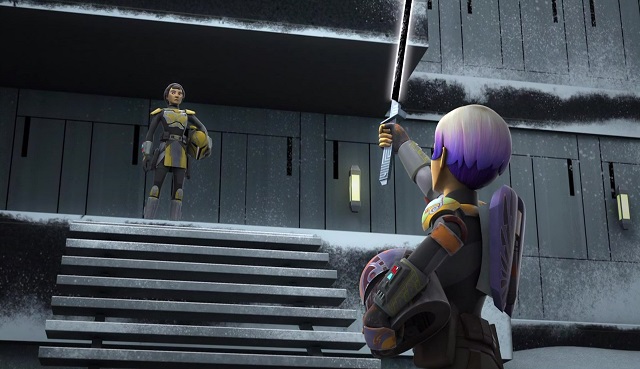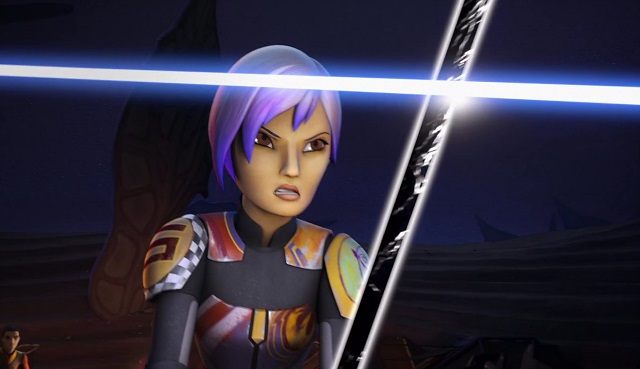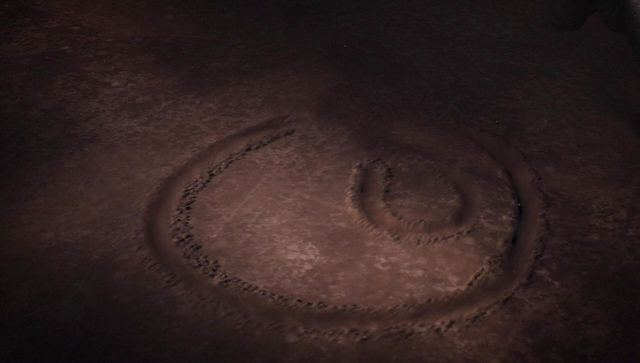
It’s odd to think that, with the wealth of material that has come out recently for Star Wars, how little we’ve had that covers those in the Empire. Parts of Lost Stars, parts of Twilight Company, the Darth Vader comic, and that’s all I can think of off the top of my head. Legends gave rise to plenty of these sorts of stories that trickled in over time, but the new canon has been a lot more reluctant to give us a sort of “day in the life” story of the most clearly identified antagonists in the saga.
That is, until this week’s episode of Rebels. While not a typical Imperial-centric story, since it’s long been evident that his-first-name-is-Agent Kallus is a turncoat, a traitor to the Empire he once tried to uphold. But narratively, this is the first episode of this series that follows someone other than one of the members of the Ghost crew. As it opens with the POV shot of Kallus waking up in his bunkroom, alerted by the sounds of sirens, this is a different and daring sort of step for the show to take.
We get to see a very different perspective on a lot of things, and by things I mostly mean people. Kallus has a very professional and courteous relationship with most of the other officers around him, but even interactions on that level are far different from the orders being barked and blasters being fired that we usually see. We see the young and eager Lieutenant Lyste almost bounce in anticipation as he and Kallus are called before Thrawn, so eager to please that he makes some rather foolish decisions that have some rather long-running ramifications. Read More




